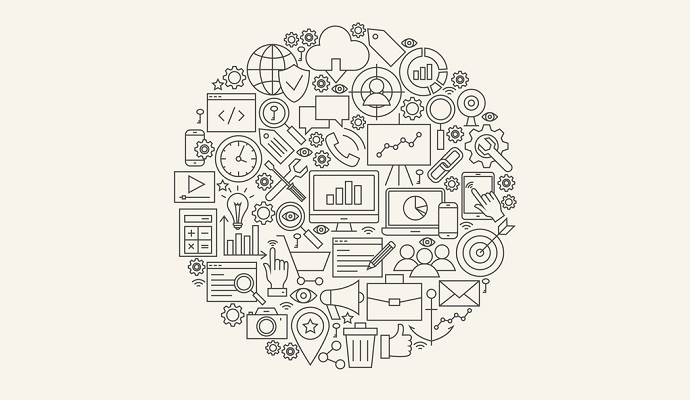Electronic Transactions Could Save Healthcare Billions

- As the healthcare industry continuously eliminates paper-based administrative processes and pushes for mainstream electronic transactions, the possible result is essentially tens of billions in savings for the healthcare industry.

If six routine business transactions effectively complete the transition from manual to electronic, the healthcare industry could save $8 billion a year, says the 2014 CAQH Index’s second annual report. The six transactions studied via year-to-year comparison were: claim submission, eligibility and benefit verification, prior authorization, claim status inquiries, claim payment, and remittance advice transactions.
Such sizeable savings may be only the beginning as more electronic business transactions are implemented. Redundant paper transactions result in unnecessary spending, timely duplication, and wasted efforts that could be better spent improving quality of care.
The findings of the CAQH Index are based on an analysis of a far-reaching dataset regarding administrative transactions as amassed through the U.S. Healthcare Efficiency Index initiative. It contains 2013 data from 3 billion transactions and 1 billion health insurance claims from participating health plans.
Representing 112 million enrollees — 45 percent of the privately insured population nationwide —the report details adoption rates and prospective savings. CAQH additionally measured claims attachments and prior authorization attachments.
According to the CAQH Index, healthcare providers handle 2.4 billion transactions. 1 billion transactions are processed manually via means such as phone, fax, or mail. Massive saving potential is, nonetheless, primarily due to massive volume.
Savings are also due to the significant cost difference between manual and electronic transactions.
Whereas a manual transaction for health plans averages $2, an electronic transaction costs a dime at most. Likewise, the costs for healthcare providers average $5 for a manual transaction and $1.60 for electronic.
A massive shift from manual to electronic transactions means vastly improved quality of care, says the report.
“Hospitals should be focusing on patients, not paperwork,” says Joel A. Perlman, Executive Vice President, Finance, and Chief Financial Officer of Montefiore Medical Center. “By expanding automated electronic communications between providers and health plans, we can reduce health care costs.”
There are still standalone hindrances with electronic methods that require immediate addressing. Duplication of electronic claims via phone makes electronic transactions far less effective, says the report.
Fully electronic transaction volume increased for eligibility and benefit verifications (14 percent), claim status inquiries (23 percent), and claim payments (14 percent).
According to a CAQH’s earlier 2012 report, 91 percent of analyzed claim submissions were already being conducted electronically.
The 2012 report also stated there were over 60 million phones calls conducted about eligibility and benefit verification. With each call costing the provider $3.55 and the health plan $3.28, non-automated eligibility and verification calls cost a total of $4 billion in healthcare spending.
Such findings “support the move towards greater use of electronic transactions,” says Robin Thomashauer, CAQH Executive Director. “The CAQH Index shows that additional progress to realize the full potential of electronic transactions requires an ongoing commitment by all healthcare stakeholders, including health plans, providers, vendors and government.”
